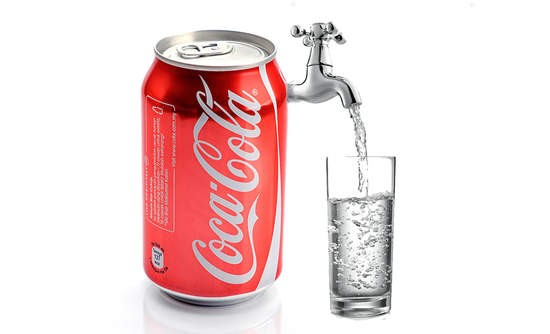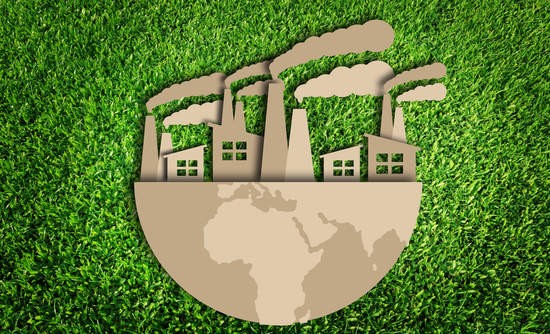The need to regulate and protect our environment from issues resulting from human activities is attracting a lot of action from organizations, businesses and individuals but experiences grudging acceptance: widespread because everyone wants a livable planet, grudging because of the lingering belief that environmental regulations give businesses and those practising environmental sustainability a competitive edge. The prevailing view is that there is an inherent and fixed trade-off: that is the ecology and the economy. On one side, we find the tradeoffs are the social benefits that arise from setting up environmental standards. On the other hand, are the industry’s costs- that factoring environmental friendly measures can lead to high prices due to demand and reduced competitiveness. The balance of power is hard to understand leading to a stalemate.
The concept of resource productivity opens up a new way of looking at both the full systems costs and the value associated with any product. Resource inefficiencies are most obvious within a company in the form of incomplete material utilization and poor process controls, which result in unnecessary waste, defects and stored materials. But there are also many other costs hidden in the life cycle of many products from different companies. Packaging discarded by distributors or customers, for example, wastes resources and adds costs. Customers bear additional costs when they use products that pollute or waste energy. resources are lost when the product that contains usable materials are discarded when customers pay- directly or indirectly for product disposal.

The environmental improvement efforts have traditionally overlooked the system’s costs making most businesses think that they cut on costs and get more profits by going green. These traditional systems have focused on pollution control through better identification, processing and disposal of waste-costly approaches. In recent years, however, more advanced companies and regulators have embraced the concept of pollution prevention, sometimes called source reduction, which uses methods such as material substitution and closed up loop processes to limit pollution before it occurs. One such company is MTN which uses solar panels to run its base station hence reducing energy costs.
Although pollution prevention is an important step in the right direction, ultimately companies must learn to frame environmental improvement in terms of resource productivity. Business managers and regulators focus on actual costs of eliminating or treating pollution. If they are to make profits by being green they must shift their attention to opportunity costs of pollution- wasted resources, wasted effort, and diminished product value to the customer. At the level of resource productivity, environmental improvement and competitiveness come together.
Use of technology is taking a new paradigm in businesses to boost innovation and help businesses catch up with the digital way of doing business. most technological approaches are meant to minimize the cost of dealing with pollution once it occurs. The key to these approaches often lies in taking resources embodies in the pollution and converting them into something of value. Companies get smarter about how to process toxic material and emissions into useable forms, recycle scrap and improve secondary treatment.
Embracing environmental sustainability will not automatically generate profits. Properly designed environmental standards can trigger innovations that lower the total cost of a product or improve its value. That is where the secret lies. Such innovations allow companies to use a range of inputs more productively- from raw materials to energy and labour- thus offsetting the costs of improving the environmental impact and ending the statement. Ultimately, enhancing resource productivity makes businesses and companies more competitive, not less.



